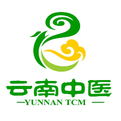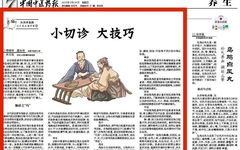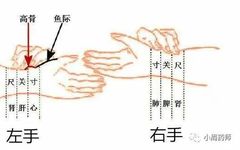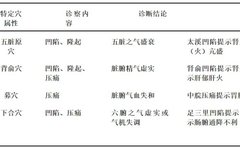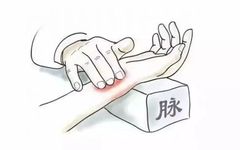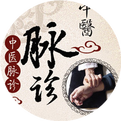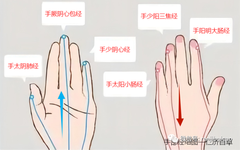Learn TCM with Me | How to Diagnose and Treat Gynecological Diseases through Pulse Diagnosis?
This public account is hosted by the Yunnan Provincial Administration of Traditional Chinese Medicine. If you have not followed yet, please click the blue “Yunnan TCM” above to follow. ▶This article is the content of the “Learn TCM with Me” column, issue 597. Thank you for your support and sharing! Learn a little every day, … Read more

